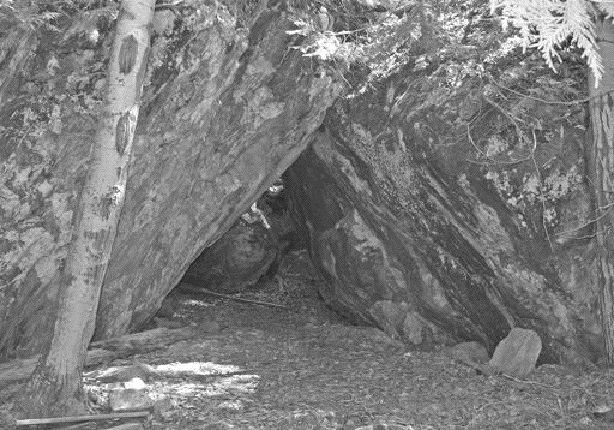There are now more than 100 Canadian juniors actively looking for uranium.
It’s not quite the same satisfied feeling you get holding a newly discovered gold nugget or rough diamond in your hand, but after a two-decade draught, North America’s uranium explorers are once again starting to find a little joy banging on rocks and drilling at their uranium prospects.
Today, the spot uranium price is at a heady US$45.50 per lb. U3O8, up from US$36.25 at the start of 2006, and US$20.70 at the start of 2005.
And some think there’s even more fun ahead: Australia’s Resource Capital Research believes uranium prices will reach US$54 per lb. U3O8 this year and US$60 by May 2007.
While uranium prices last had a major peak above US$100 in 1976 and 1977, the most-recent minor peak happened in the summer of 1996, when spot uranium sold at US$16.20. Prices gradually declined as the 1990s drew to a close and bottomed at a mere US$7 in late 2000. Prices have been climbing steadily ever since.
While the rise in uranium prices is partly the result of a weakening U.S. dollar, there have been far more important fundamental trends at work:
* After decades of highly emotional anti-nuclear sentiment in Europe and North America, nuclear power is finally starting to win over new adherents among environmentalists, since nukes don’t contribute to air pollution or “greenhouse” gasses (uranium miners being the only ones in our industry in a position to pander to the greenies’ end-of-the-world hysteria).
* Construction of almost all new nuclear power capacity was halted for many years after the nuclear accidents at Three Mile Island in the U.S. and Chernobyl in the Ukraine, but the world is once again ramping up nuclear-power capacity, with some 180 new nuclear reactors currently proposed or planned worldwide. Few of the utilities considering building these plants have lined up sources of uranium feed.
* Prices of competing energy sources, particularly oil and coal, have risen substantially in recent years, making nuclear energy’s high capital costs more palatable to power producers.
* Uranium inventories have been sold down worldwide, and the program of reprocessing of Soviet nuclear warheads is drawing to a close. World uranium requirements total 180 million lbs. U3O8 annually, with mine production filling 108 million lbs. and the rest coming from inventories. While mine production is set to rise substantially over the next 15 years, a supply gap still looms.
* More than two decades of under-investment in uranium exploration has resulted in a paucity of new deposits ready to bring into production, and a shortage of geologists and engineers experienced in the rather difficult task of finding and proving up economic uranium deposits, and bringing them into commercial production. A mere 10 uranium mines in just seven countries (Canada, Australia, Namibia, Russia, Uzbekistan, Niger and Kazakhstan) currently produce three-quarters of the world’s yellowcake.
Some TSX-listed juniors are joining the small club of uranium producers, including International Uranium at its former Colorado plateau mines in the U.S. and SXR Uranium One in South Africa. Others have near-term production potential: Paladin Resources at its Langer Heinrich calcrete project in Namibia and Equinox Minerals at its large Lumwana copper project in Zambia.
From a handful of players a few years ago, there are now more than 100 Canadian juniors actively looking for uranium, and their shares have roughly doubled during the previous 12 months.
While the most intensive uranium exploration in Canada is being carried out by several dozen companies in Saskatchewan’s rich Athabasca basin, uranium exploration has perked up across the country, including the Thelon basin in the Arctic and Labrador’s Central Mineral belt. Quebec, Ontario, Manitoba and Alberta are also seeing renewed uranium exploration — a welcome diversification away from the usual targets of precious metals, base metals and diamonds.
Send your Letters-to-the-Editor and other op-ed submissions to the Editor at: tnm@northernminer.com, fax: (416) 510-5137, or 12 Concorde Pl., Suite 800, Toronto, ON M3C 4J2.


Be the first to comment on "Editorial: Uranium’s day finally arrives (July 31, 2006)"